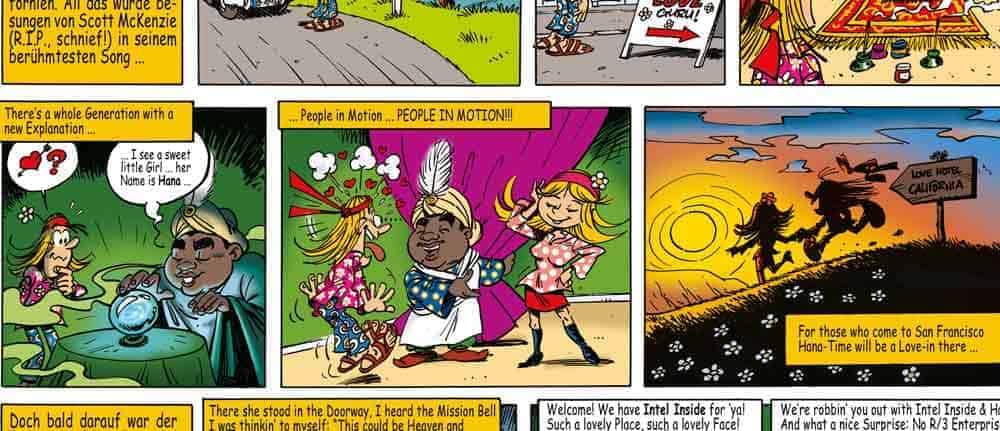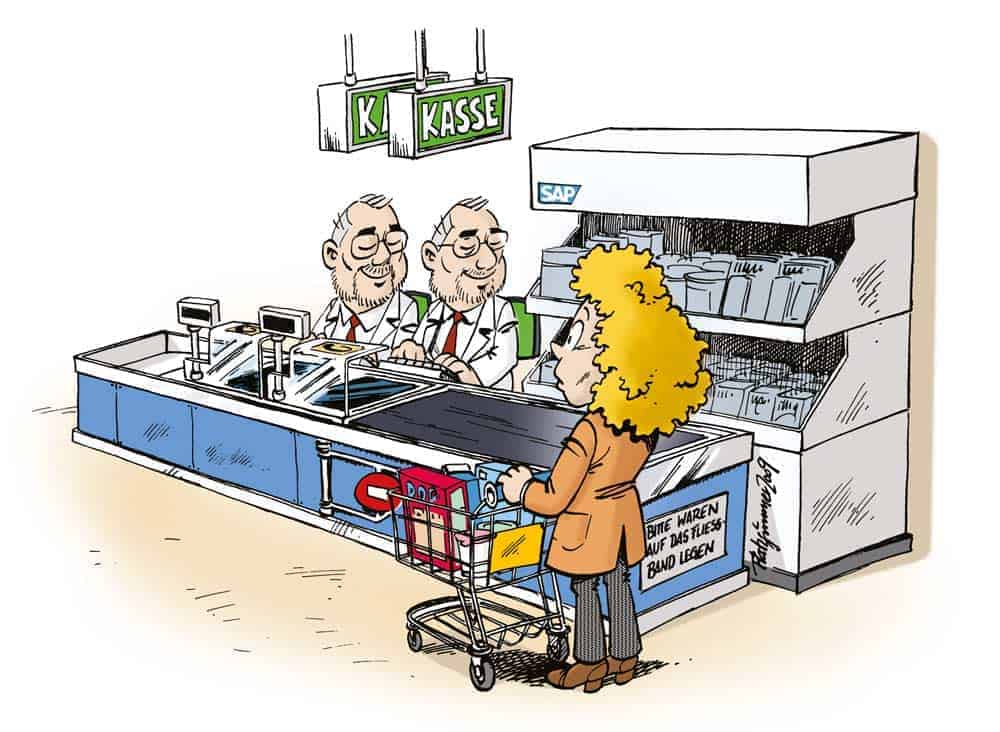Multiple revenues


Like his predecessor Léo Apotheker, SAP CEO Bill McDermott is a brilliant salesman. What counts is revenue, and everyone in the SAP empire has to contribute. Board meetings are planning sessions aimed at generating even more revenue.
Strategic product developments are discarded and stopped against the will of SAP's Chief Technology Officer Bernd Leukert. Half-finished products are pushed onto the market. What promises additional licenses and maintenance fees is at the top of the list.
SAP tries to charge simple services multiple times by numerous dodges and tricks! The best example is the so-called indirect usage.
Quickly explained for the license layman: From the moment a paid and installed IT system is not used exactly to the extent and for the purpose that the manufacturer would like, the manufacturer demands subsequent license payments as a "penalty fee". The SAP system is used beyond a "prohibited" limit, which results in direct license payments for this "indirect" use.

In confidential discussions, it is conceded that these are arbitrary definitions of use with the sole objective of increasing revenue, i.e., multiple revenues.
Ultimately, SAP's existing customers are expected to pay again for software they have already purchased simply because SAP believes they are not using it in compliance with the rules. SAP modifies the associated rules almost every quarter.
SAP's multiple revenues are not limited to "indirect" use, however. For existing customers, a different licensing workflow means an increasingly limited range of functions with every further version change, so that in the end the product hardly does what it was once customized to do.
The result is that expensive add-ons have to be relicensed from SAP. Or SAP deletes a product line from the price list without replacement. The existing customer has to license a similar product again: For the end user, the range of functions remains almost identical, but SAP has charged for licenses twice.
The truth of these statements can be easily verified by looking at the balance sheet totals and the share price. SAP is growing and the share price is rising, even though SAP is operating in a largely saturated market. Where do the multiple revenues come from, if not from SAP's licensing tricks?





